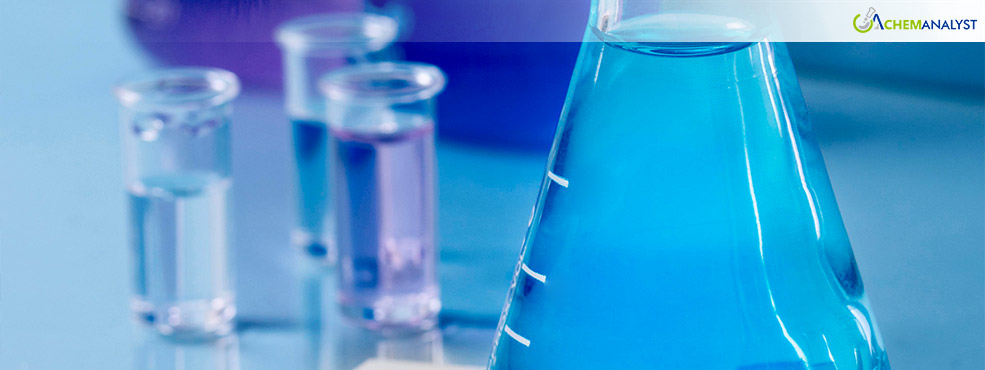Polysorbate Prices Fall in Early 2025, Future Prospects Seem Non-Promising
- 28-Jan-2025 5:45 PM
- Journalist: Yage Kwon
The Polysorbate market in India has experienced a significant price decline in the first half of January 2025, as a result of several key factors, including a decrease in sorbitol feedstock prices and slowing growth within the pharmaceutical sector. Polysorbates, which are primarily used as emulsifiers and stabilizers in both the pharmaceutical and food & beverage industries, are derived from sorbitol. As sorbitol prices soften, the overall cost of Polysorbates has also decreased, impacting the pricing trends in the market.
Sorbitol is a crucial raw material in Polysorbate production, and the decline in sorbitol prices has allowed manufacturers to reduce their production costs. This shift comes after a period of price increases in Q4 2024, which were driven by higher production costs and steady demand. The reduction in feedstock costs has alleviated some of the price pressures that were seen earlier, allowing for a more moderate price curve at the start of 2025.
In the pharmaceutical sector, which is one of the largest consumers of Polysorbates, demand has weakened. The Indian pharmaceutical market (IPM) faced dullness and this slowdown in the pharmaceutical sector has directly impacted the demand for Polysorbates, which are essential in enhancing the solubility and bioavailability of medications. As a result, the decreased demand has contributed to the overall reduction in Polysorbate prices.
While the food and beverage sector continues to rely on Polysorbates for products such as ice cream, dressings, and beverages, the growth in this sector has been moderate. The overall demand for Polysorbates in the food industry has not been sufficient to offset the decline in demand from the pharmaceutical market, leading to a downward pressure on prices.
The supply chain dynamics have also played a role in the price moderation. With improved supply chain stability and favorable international pricing conditions, manufacturers have been able to maintain consistent production levels without significant cost increases. Additionally, currency depreciation and price adjustments in global markets have further alleviated cost pressures for manufacturers.
However, external factors, such as potential policy changes from the US, may also impact the market. Indian exporters, particularly those in sectors like pharmaceuticals, textiles, and automobiles, could face higher customs duties if the new US administration implements the ‘America First’ policy. This could disrupt trade and potentially raise the cost of exports, adding another layer of uncertainty to the market.
In conclusion, the Polysorbate market in the Asia is experiencing a more stable pricing environment in Q1 2025, driven by lower production costs, a reduction in sorbitol prices, and subdued growth in the pharmaceutical sector. While the food and beverage industry continues to support steady demand, the overall market sentiment remains cautious, with external trade policies adding potential risk. Manufacturers are expected to navigate a moderate pricing environment, with supply chain stability and favorable global conditions helping to mitigate further cost fluctuations. As per ChemAnalyst, the Polysorbate prices towards the end of the quarter are expected to move steadily amidst the balanced production cost along with the stagnant demand outlook.



